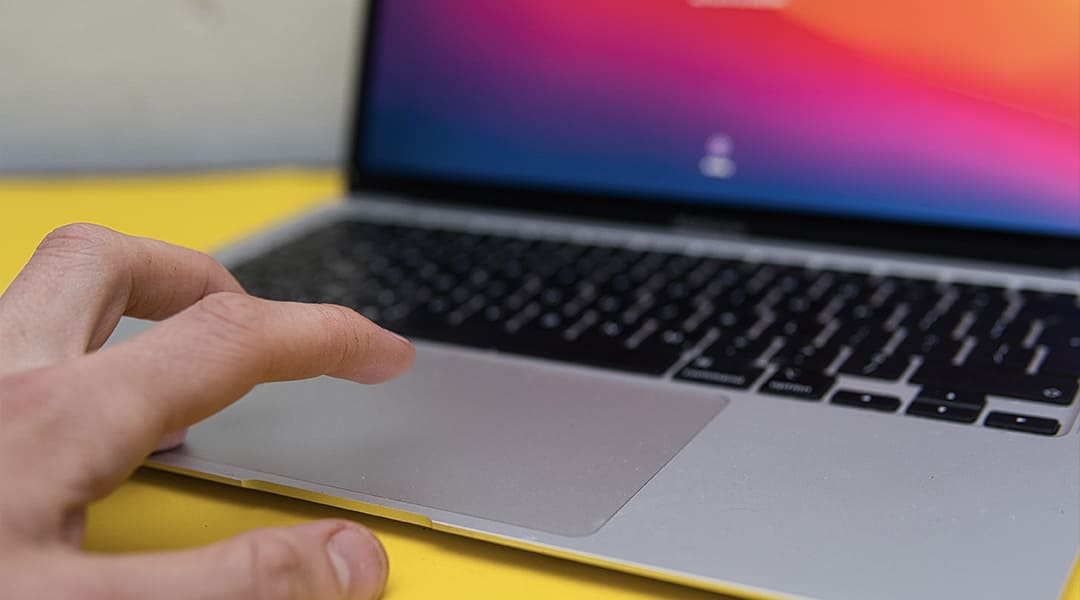The MacBook Trackpad is a quintessential component that defines the user experience, offering precision and convenience for navigating and executing tasks. However, like all hardware, the MacBook Trackpad can experience wear and tear over time, affecting its functionality.
Knowing when to replace your MacBook Trackpad can save you from frustration and enhance your productivity. This article delves into the key signs and symptoms to watch out for, ensuring that your MacBook continues to serve you well.
If you're facing issues with your MacBook Trackpad in Tampa, Florida, WarriorMac stands out as the premier choice for repair and replacement services. With a reputation for excellence and a team of skilled technicians, WarriorMac offers unmatched expertise in addressing all your MacBook Trackpad needs.
1. Unresponsive Gestures
One of the first signs that your MacBook Trackpad may need replacing is if it starts to become unresponsive to gestures. If swipes, clicks, and other gestures do not register as smoothly as they once did, it's a clear indicator that the trackpad's sensitivity is diminishing.
2. Physical Damage
Visible damage, such as cracks or dents on the MacBook Trackpad, can severely affect its performance. Physical damage not only hinders the aesthetic appeal but can also lead to erratic or unresponsive behavior, signaling a need for replacement.
3. Inconsistent Clicking
A MacBook Trackpad that exhibits inconsistent clicking, where clicks are either not recognized or require excessive force, is showing signs of malfunction. Consistency is key for a trackpad, and any deviation from normal clicking behavior warrants attention.
4. Erratic Cursor Movements
If your cursor moves unpredictably or jumps around the screen without direct input from you, it could be due to a faulty MacBook Trackpad. This erratic behavior can disrupt your workflow and is a clear sign that your trackpad may need to be looked at by a professional.
5. Overly Sensitive or Insensitive to Touch
A MacBook Trackpad that becomes overly sensitive or, conversely, insensitive to touch, indicates a calibration issue or wear. Adjusting the settings might provide a temporary fix, but if the problem persists, replacement might be necessary.
6. Audible Clicking Sounds
An unusual clicking sound coming from your MacBook Trackpad when it is used can be indicative of internal damage or a dislodged component. A trackpad should operate quietly, and any abnormal sounds should be investigated.
7. Swelling Battery Impact
Sometimes, MacBook Trackpad issues are not due to the trackpad itself but are caused by a swelling battery underneath it. This can exert pressure on the trackpad, affecting its functionality. In such cases, addressing the battery issue might resolve the trackpad problems.
Conclusion
The MacBook Trackpad is central to the user experience, and its optimal functioning is crucial for the seamless operation of your MacBook. Recognizing the signs of wear and damage early can prevent further complications and ensure that your device remains in top condition.
If you experience any of the symptoms mentioned above, it's wise to consult a professional for a thorough assessment. Replacing your MacBook Trackpad when necessary will rejuvenate your MacBook's usability and performance, keeping it running smoothly for all your tasks.
